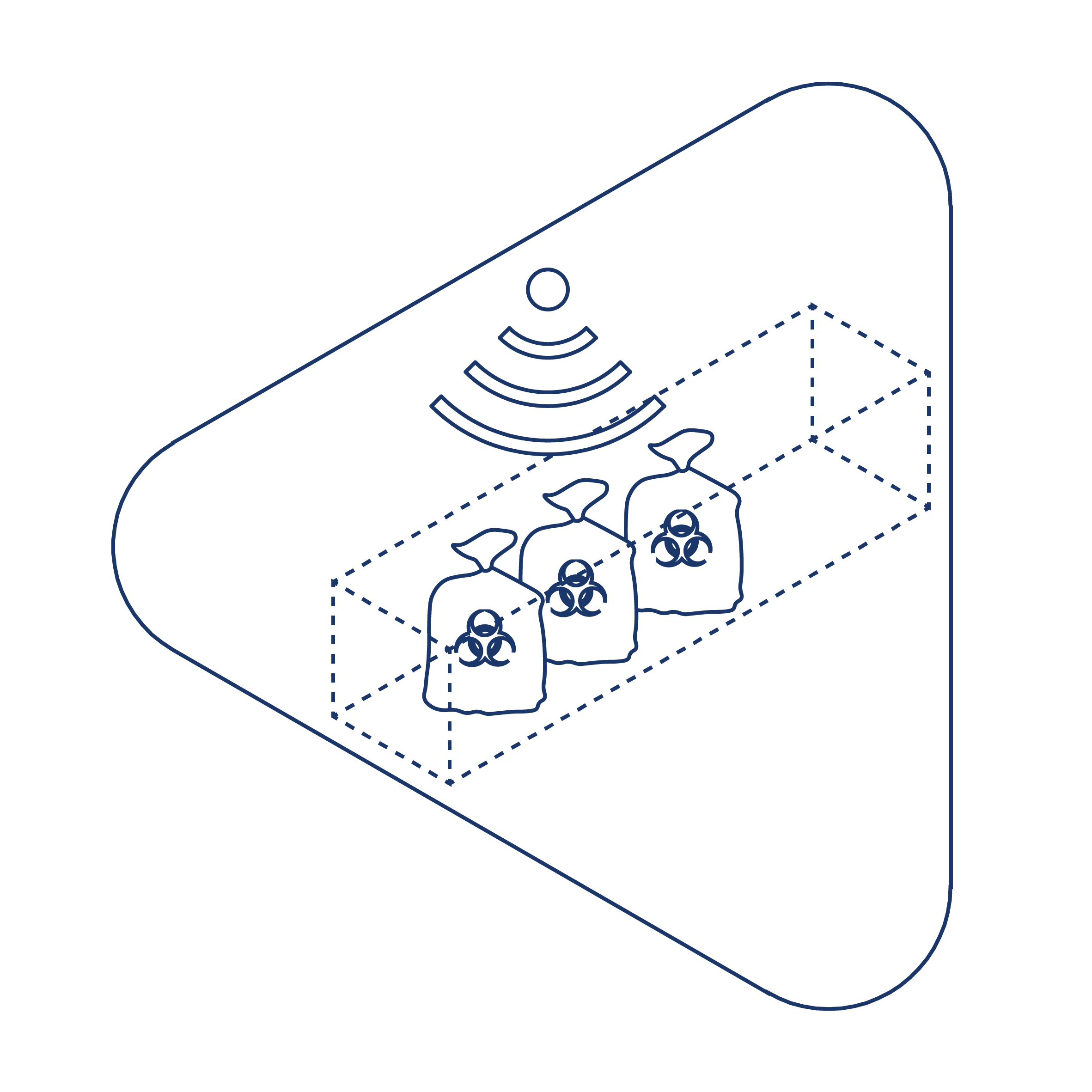Medical waste
Title:
Sensor for medical waste monitoring
Short description:
Developing a sensor for tracking medical waste handling in hospitals.
Author:
NOVELIC doo
Requested Budget:
133.413 USD
Time frame:
6 months

Problem: Increased use of Personal Protection Equipment (PPE) during Covid-19 pandemic is creating vast amounts of medical waste, including masks, gloves, gowns and other protective gear used by doctors and nurses, all of which could be contaminated by the virus. Improper treatment and disposal of healthcare waste poses serious hazards of secondary disease transmission due to exposures to infectious agents. In hospitals and other settings where medical waste is generated in large amounts, it is crucial to follow safety protocols in handling and disposing of medical waste. The trail of medical waste can be effectively monitored by using sensors.
Solution: To develop a sensor which can be used to track medical waste handling in hospitals. Every hospital has two types of corridors - those which are completely sterile and those which can be used to transport medical waste. The waste is transported in bags specially made for that purpose, which are carried by hand or in carts. The sensor is based on a radar placed on the corridor ceiling. Radar uses non-contact mode to establish whether there is illicit material in the corridor, by detecting bar-codes used to mark the bags containing medical waste. The sensors don't track people and do not pose a threat to privacy.
Additional info: This is an efficient, inexpensive and technologically innovative solution for monitoring the medical waste management in medical facilities and has potential for the long-term impact. The company has a patent solution for marking the object with a radar sensor for the purpose of position detection and tracking and is able to secure around 100 sensors per day. If 20-30 sensors are provided per hospital (in over 100 existing hospitals and primary healthcare centres), this indicates the need for 2.000-3.000 sensors, which could be completely produced and set up within 6 months. After the Covid-19 pandemic, the same sensor systems can be used to improve overall hygiene, for example in food distribution.